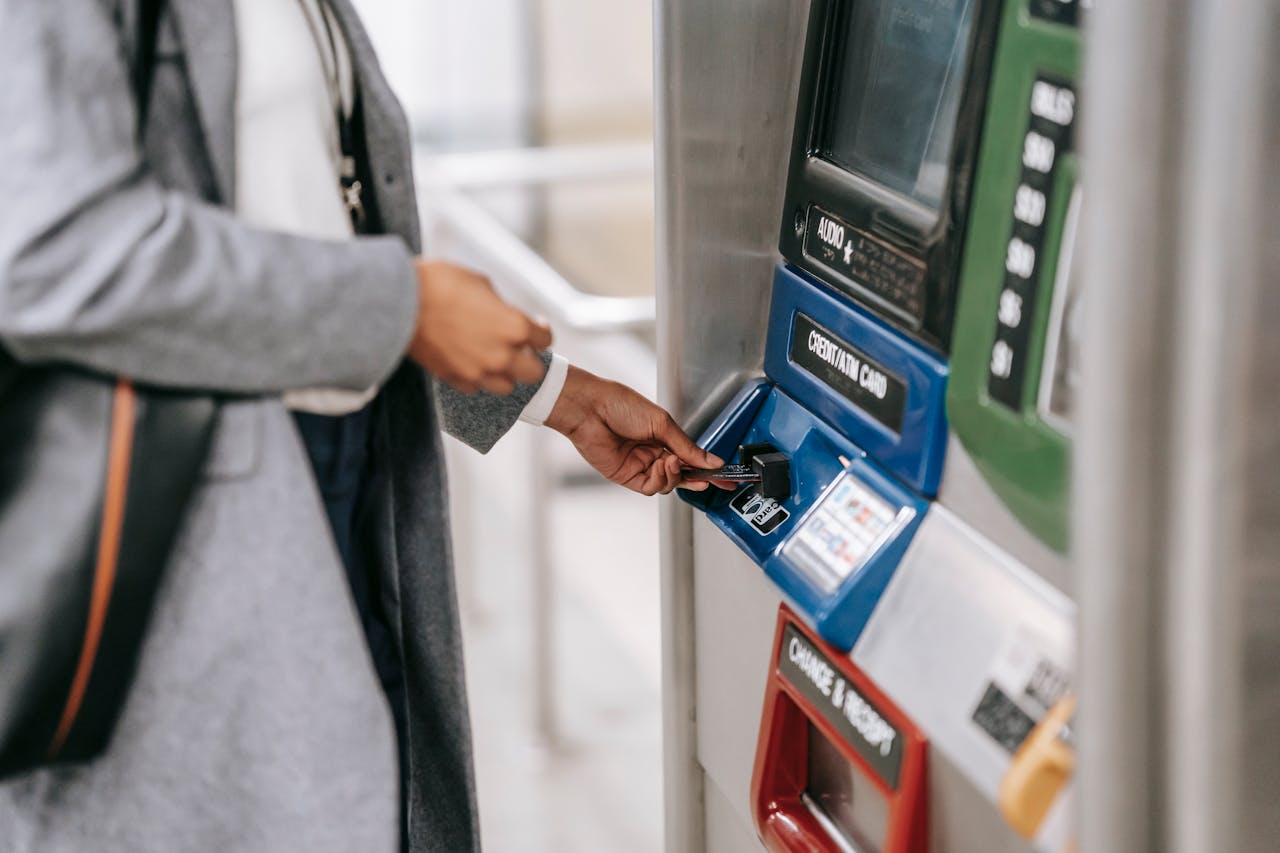Each year, a large number of American families transfer a substantial amount of money abroad. Sending huge quantities of money can be challenging, whether you’re doing it for friends and family or to buy some properties abroad. Different banking institutions can provide different options for international money transfers in terms of speed, service, and cost. So, these are some of the safest and most convenient options for sending money to South America.

Bank-to-bank transfers
Transferring funds from one bank account to another is available at some financial institutions. You can arrange these kinds of transactions in person at the bank that will deliver the money, over the phone, or even online. You’ll need the sending and receiving banks’ account and routing numbers, and there can also be some costs associated with them. Also, smaller sums may be eligible for some remittance schemes. Though there may be no fee, the institution may nevertheless benefit from the spread between the transaction fees if you pay attention to the exchange rates in situations like these.
Exchange rates
The worth of your money transfer is very susceptible to the frequent fluctuations in exchange rates. When you convert dollars to pesos, your money will go farther if the exchange rate is favorable. So, watch out for how the rates are trending, and think about getting rate notifications from the transfer provider that you have chosen if you want to make the best deal. You should familiarize yourself with the rate that your transfer provider offers, as it is usually different from the real market rate, and it is typically called the mid-market rate. So, find a provider whose prices are closest to the mid-market rate, as this will help you save some money.
Use modern technology
The most efficient way to send money to South America is by using technology. Many apps and platforms are there to help you safely and quickly send money anywhere you want in the world. For example, if you wonder how to send money to Peru, you can check out these apps that often provide more favorable exchange rates and cheaper costs. Find a digital transfer provider that works with your mobile wallet, lets you follow your transfer, and sends you alerts during the whole transaction process. Also, you can find apps that make it easier to use a fintech solution to store and handle many currencies at the same time. Using these apps can greatly improve the efficiency and ease of handling money all over the world.
Transfer speed
Thinking about the transaction’s speed is crucial when making an international money transfer. The kind of service you should choose depends on how quickly you want your money to be sent. Banks often have longer processing times and might take several days to complete the transfer when sending money to South America. On the other hand, the beneficiary can retrieve money within minutes through their transfer services. If your transfer is time-sensitive, you should understand the timescales involved and choose a provider that fits your needs.
South American financial landscape
Many South American countries have their own distinct currencies and economic styles. South American financial landscapes need familiarity with regulatory frameworks, economic stability, and currency rates. For example, currencies can be quite stable in some countries, yet very volatile and complex in others. So, check this out before sending money to South America.
Purpose of transfer
Some remittance companies may ask you for the purpose of transfer. This is often done to make sure the money isn’t being used for unlawful activities, and it’s for security and compliance reasons. To meet this criterion, just provide a simple and truthful explanation for your money transfer.

Using credit or debit cards
Credit and debit card transactions are among the most hassle-free ways of sending money to South America. Making the payment online allows you the convenience of doing it from your own home. This saves your precious time and also your money because you don’t have to deal with expensive third-party agents. Check whether your bank charges any additional costs for foreign transactions before you use your credit or debit card. Various banks may charge various fees, so it is best to look for the most affordable option. The currency rate is another important thing to consider, as the one that your bank offers can be significantly different from the real rate. Also, check whether the country you are sending money to accepts your credit or debit card. You can use Visa or Mastercard, but sometimes you can have trouble if you use American Express or Discover.
Cryptocurrency
A growing number of remittance services have adopted cryptocurrency as payment. Digital currencies like Bitcoin provide an alternative to traditional ways of sending money abroad. In comparison to more conventional ways, these transactions are usually faster, safer, and cost less. This technique, however, requires that you and the money recipient understand cryptocurrencies, as this makes sure you won’t make any costly mistakes.
Prepaid debit cards
Another option for transferring money to South America is by using prepaid debit cards. You can load these cards with additional funds and use them for both purchases and cash withdrawals. They are quite easy to use and might help you save money since you can easily manage the amount you put on the card.
Staying safe
When sending money to South America, you must follow the best practices to make sure the process is completely safe. You should prevent any fraud or scam, so do your best to confirm the validity and trustworthiness of the chosen service provider. Reading reviews and checking regulatory licenses can help you get peace of mind knowing that you are putting your money in safe hands.
As with anything that includes money, there are many pros and cons of sending your funds to South America. If you want to have a successful transaction, you need to be aware of all important aspects, including fees, tax charges, exchange rates, different transfer options, and more. Following these rules will maximize the safety, value, and efficiency of your money transfer, so do your homework and use the best practices to make the most of this process.